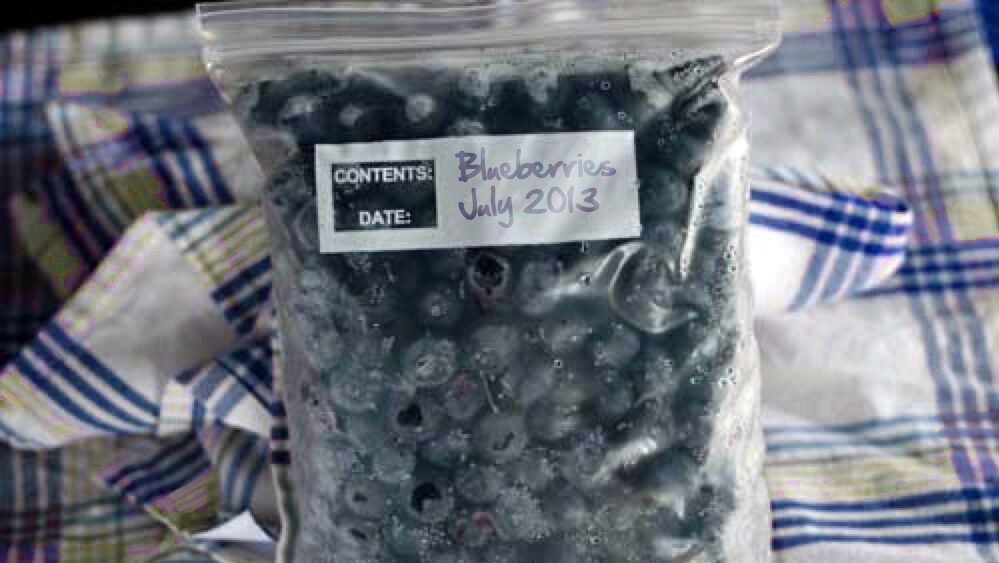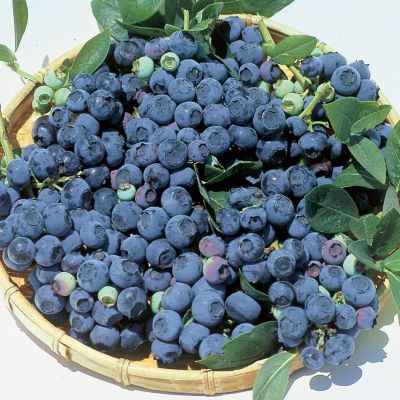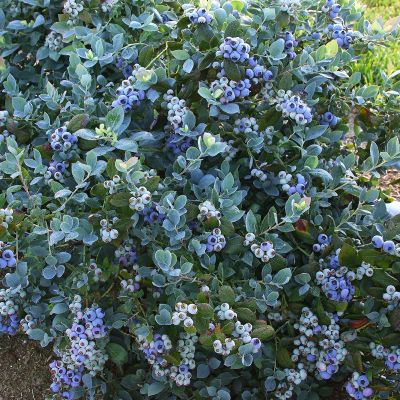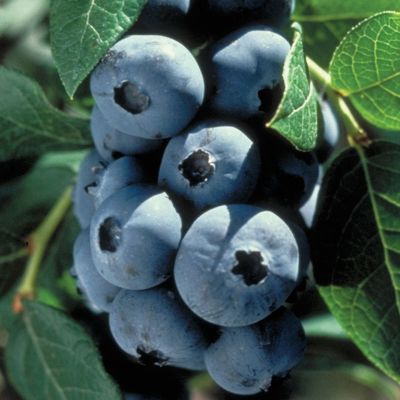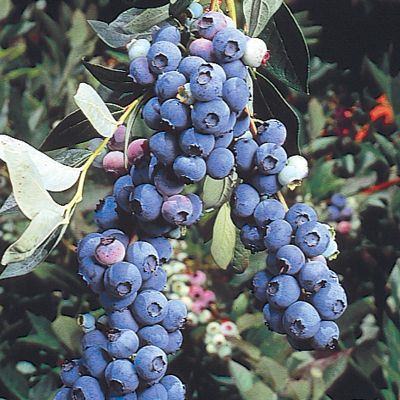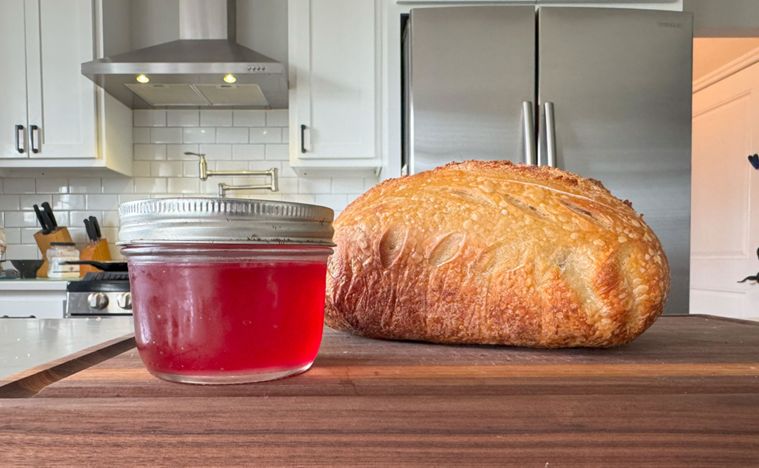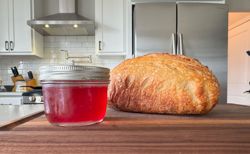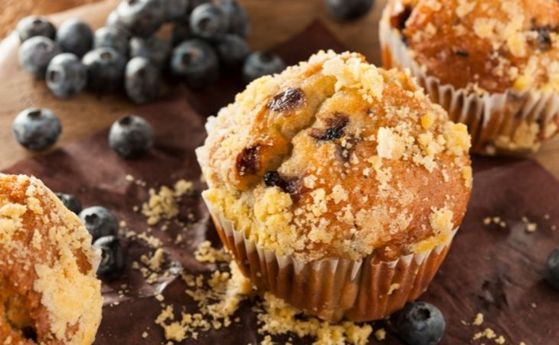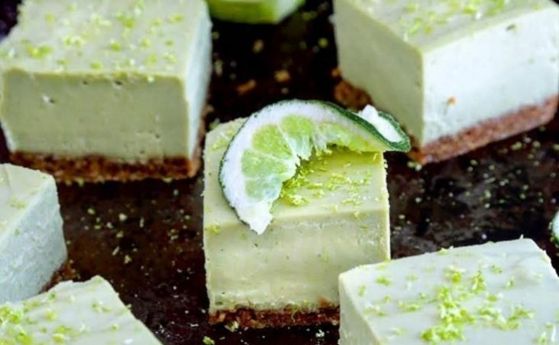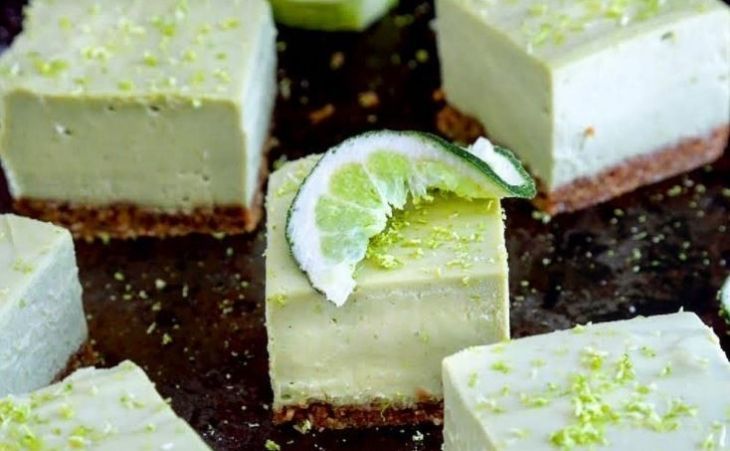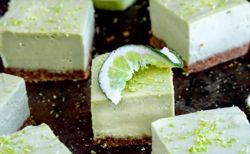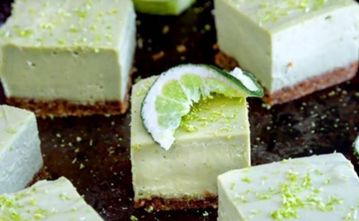The Right Way to Freeze Blueberries
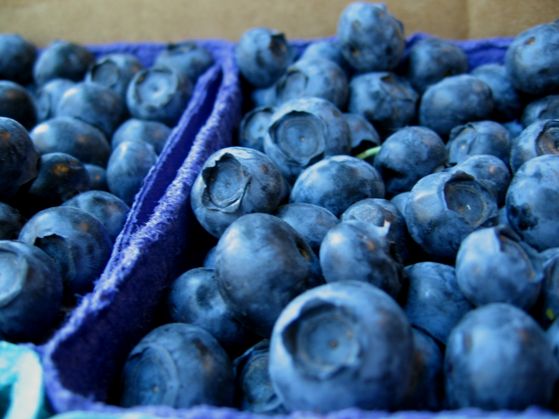
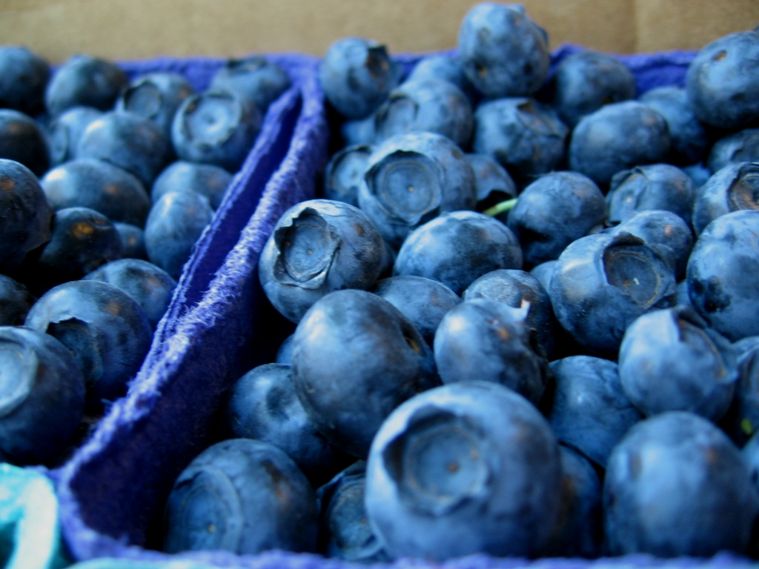
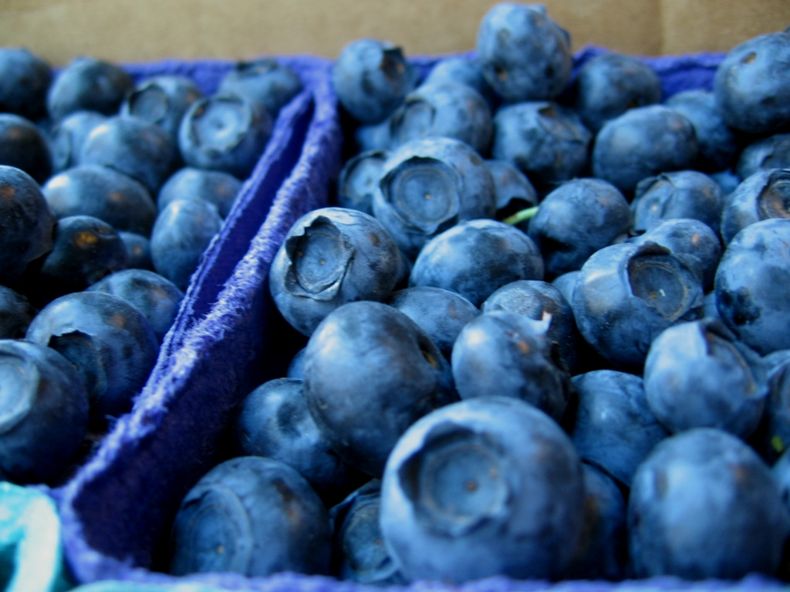
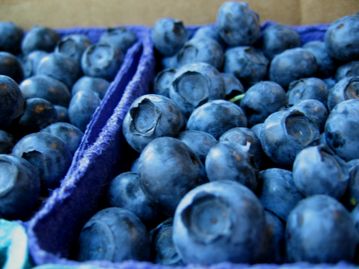
Freezing blueberries starts with picking the correct blueberries and ends with bags of berries ready for use in jams and desserts. We'll show you how.
Come blueberry season, Grandma used to pick aprons full of these nutritious little fruits and sort them into four batches: one for pie, one for jam, one for fresh eating and one for freezing. Her pies and jam won ribbons at the county fair every year, and even the berry batch she froze made wonderful preserves and desserts the rest of the year. She had a few old secrets for freezing and using her frozen berries, which we’ll share with you here.

Picking the right berries to begin with. Many people think that green, pink, red or lavender-colored blueberries will ripen after being picked, like bananas do. Not so; blueberries stop ripening the second you pick them. There are exactly three ripe blueberries in the photo below, and those are the dark-blue ones. The rest are not ready.
The best blueberries are large and velvety-blue; if they have a bit of a powdery look to them, they will taste wonderful. Most any variety of blueberry is freeze-able, but we especially like the way Bluecrop, Chandler and Patriot hold up.
Don’t wash them. Well, that’s not exactly true. Wash them, but not until immediately before you use them. Blueberries have a natural protective coating that keeps them from deteriorating. If you wash that off as soon as you bring your berries in, you’re unintentionally causing them to start going south.
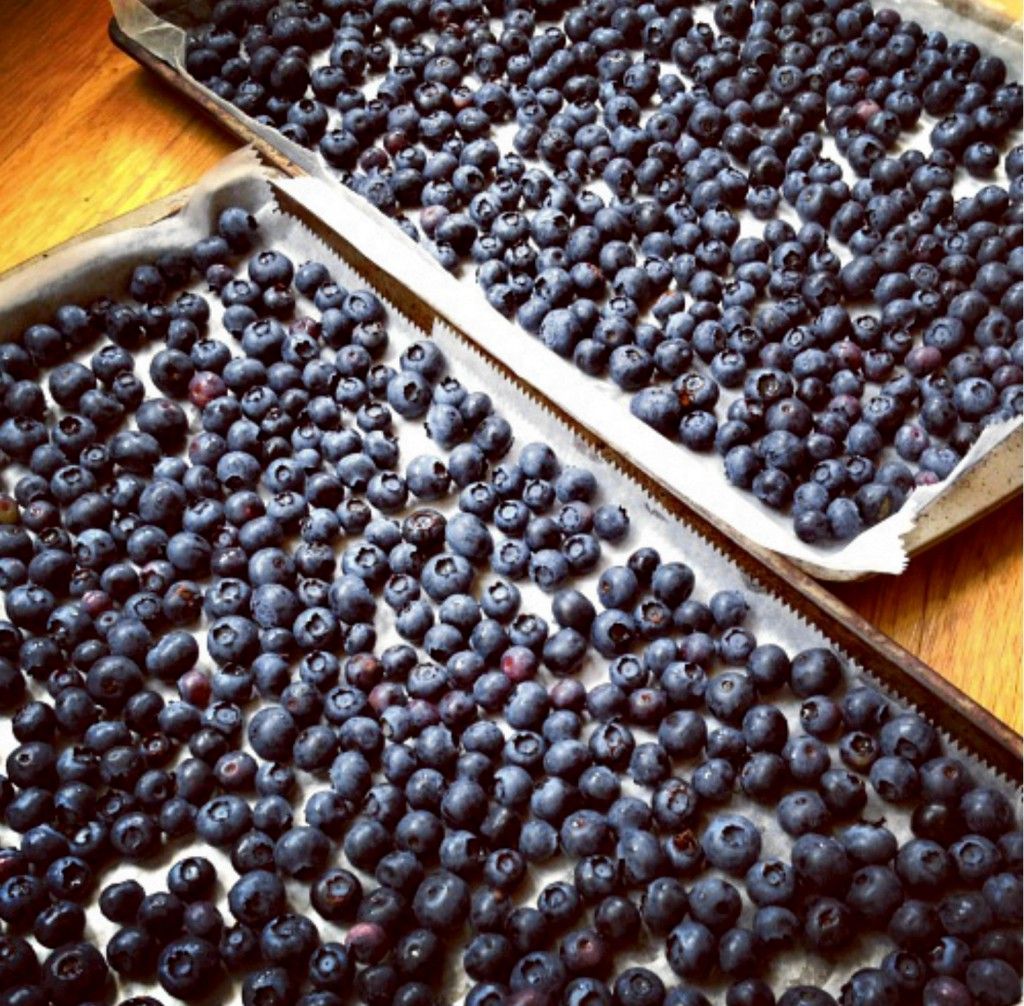
Get your equipment ready.
You will need:
- As many blueberries as you want to freeze
- A colander
- Paper towels, laid out on your counter
- A large cookie sheet or jelly roll pan
- Plastic wrap (or foil, parchment, etc.)
- A cleared, level shelf in your freezer
- Enough plastic freezer bags or vacuum-seal bags* for your blueberries
- A drinking straw (if you’re not vacuum-sealing)
*Bags are best. Containers leave air pockets that can cause freezer burn and crystallization.

Freeze blueberries the RIGHT way.
- Pick through your blueberries and remove any overly-soft fruit, stems or leaves.
- Measure how many you have so you’ll know how many freezer bags to get ready. Label and date the bags.
- When you are ready to freeze your berries, fill up a big bowl (or your sink) with cold water. Drop in the blueberries, swish them around for no more than 10 seconds, and drain them in a colander. Put them on paper towels to dry completely. If you soak the blueberries, they will absorb water and be virtually tasteless.
- Line the cookie sheet or pan with plastic wrap (or other lining), then add one layer of blueberries. Try to see that they’re not touching; you want to flash-freeze them individually. Put the pan on a level freezer shelf and freeze for 30 minutes.
- Remove the pan and immediately scoot the berries into your plastic bag. Vacuum-seal them or use a straw to suck out as much air as you can before you quickly zip the bag shut. Immediately return the bag to the freezer.
- Repeat Steps 4 and 5 until all of your berries have been individually frozen and bagged up.
They will keep for up to six months in the freezer.
Following this freezing method (vs. dumping them into a bag all at once), results in frozen berries that hold their shape much better when thawed/cooked. And, because they’ve been individually frozen, they won’t stick together — so you can open a bag and grab a few for a smoothie, some pancake batter, or to add to your yogurt — without having to thaw the whole bag.
Here are a couple of additional tips:
- Don't thaw blueberries if you're going to bake them into anything; the "melted" juice will turn your cakes, muffins and other baked goods blue, and your pie will be runny. Just toss each cup of frozen berries with 1 or 2 teaspoons of flour, then follow your recipe as usual.
- If you do thaw your frozen blueberries, put them in a mixing bowl and toss them with 1 tablespoon of sugar for each quart of berries, or they will be overly-tart when defrosted. This is true for all berries.



